The Diamond Beach of Iceland is a place where nature’s artistry is on full display, a surreal landscape that feels almost otherworldly. Located near the Jökulsárlón Glacier Lagoon on the country’s southeastern coast, this black sand beach is strewn with glistening chunks of ice that have broken off from the nearby glacier. These ice fragments, polished by the ocean’s waves, resemble diamonds scattered across the shore, giving the beach its poetic name. The contrast between the dark volcanic sand and the translucent ice creates a visual spectacle that draws photographers, travelers, and nature enthusiasts from around the globe.
What makes Diamond Beach truly unique is its ever-changing nature. The ice formations are in constant flux, shaped by the tides, wind, and temperature. One day, the shore may be littered with large, crystalline blocks; the next, only smaller shards remain, glinting under the Arctic sun. This dynamic environment ensures that no two visits are ever the same. The ice itself tells a story—each piece carries the history of the glacier, its journey through the lagoon, and its final resting place on the beach. Some are clear as glass, others tinged with blue or white, their textures ranging from smooth to jagged.
The beach’s proximity to Jökulsárlón Glacier Lagoon adds another layer of wonder. The lagoon is filled with icebergs that calve from the Breiðamerkurjökull glacier, part of the larger Vatnajökull ice cap. As these icebergs drift toward the Atlantic Ocean, some are washed ashore, creating the Diamond Beach phenomenon. The lagoon itself is a spectacle, with its deep blue waters and floating ice formations, often visited by seals. Together, the lagoon and the beach form a breathtaking duo, showcasing the raw power and beauty of Iceland’s natural forces.
Visiting Diamond Beach is an immersive experience, one that engages all the senses. The crunch of ice underfoot, the sound of waves lapping against the shore, the chill of the Arctic air—it’s a place that demands to be felt as much as seen. Photographers flock here at sunrise and sunset, when the low light casts a golden glow on the ice, enhancing its ethereal quality. Even in the harsh midday sun, the ice seems to glow against the black sand, creating a stark, almost monochromatic contrast. It’s no wonder that images of Diamond Beach have become iconic, symbolizing Iceland’s untamed beauty.
Beyond its visual appeal, Diamond Beach serves as a poignant reminder of the fragility of our planet. The ice that washes ashore is a direct result of glacial melt, a process accelerated by climate change. As temperatures rise, the glaciers retreat, and the chunks of ice that reach the beach may become smaller and fewer. This lends a bittersweet quality to the experience—a sense that this natural wonder is fleeting, a treasure to be appreciated while it lasts. For many visitors, the beach is not just a destination but a call to reflection, a place where the consequences of environmental change are vividly on display.
Practical considerations for visiting Diamond Beach include timing and preparation. The beach is accessible year-round, but conditions vary dramatically with the seasons. Winter visits offer the chance to see the ice formations dusted with snow, while summer brings longer daylight hours for exploration. However, the weather can be unpredictable, with sudden storms or strong winds, so dressing in layers and wearing sturdy footwear is essential. The beach is remote, with limited facilities, so bringing snacks, water, and a camera with extra batteries is advisable. Despite its isolation, the beach is well worth the journey, offering a glimpse of nature’s grandeur in its purest form.
For those seeking a deeper connection with the area, guided tours are available, ranging from glacier hikes to boat rides on the lagoon. These tours provide context and insight, revealing the geological and ecological significance of the region. Local guides often share stories of the land, adding a human dimension to the stark beauty of the landscape. Whether exploring independently or with a group, visitors are encouraged to take their time, to sit quietly and absorb the tranquility of the place. Diamond Beach is not just a sight to behold but an experience to be savored, a moment of stillness in a rapidly moving world.
In the end, Diamond Beach is more than a destination—it’s a testament to the power and poetry of nature. It’s a place where ice and sand, fire and water, stillness and motion converge, creating a scene that feels both timeless and ephemeral. For those who make the journey, it leaves an indelible impression, a memory of light and ice that lingers long after the trip has ended. In a world increasingly shaped by human hands, Diamond Beach stands as a reminder of the wild, untamed beauty that still exists, waiting to be discovered.
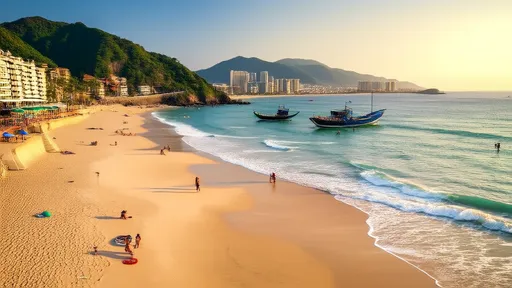
By /Jun 9, 2025

By /Jun 9, 2025
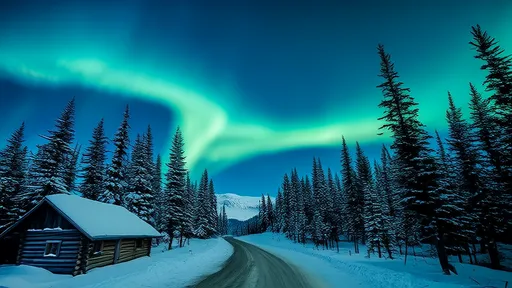
By /Jun 9, 2025

By /Jun 9, 2025
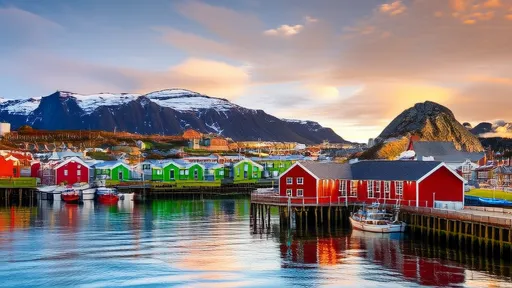
By /Jun 9, 2025

By /Jun 9, 2025

By /Jun 9, 2025

By /Jun 9, 2025
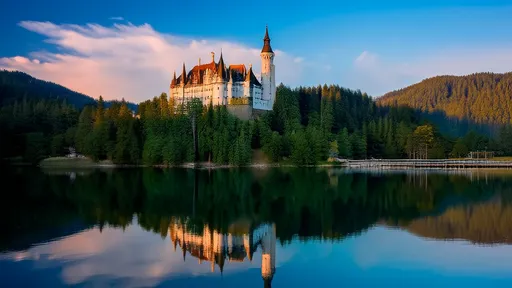
By /Jun 9, 2025
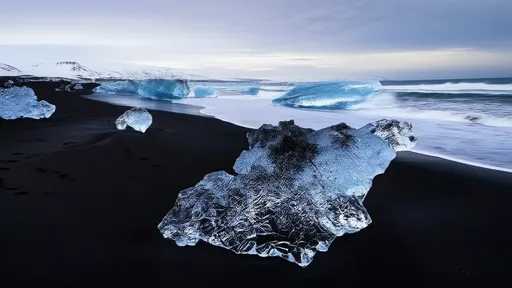
By /Jun 9, 2025
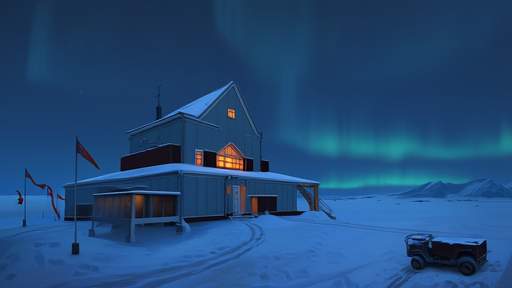
By /Jun 5, 2025
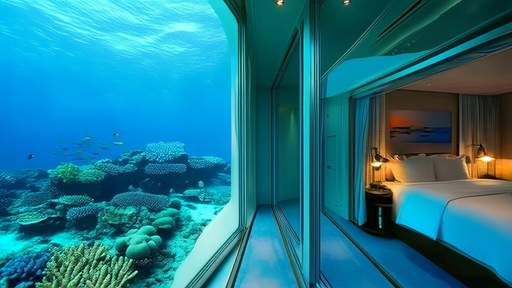
By /Jun 5, 2025

By /Jun 5, 2025

By /Jun 5, 2025

By /Jun 5, 2025

By /Jun 5, 2025

By /Jun 5, 2025

By /Jun 5, 2025

By /Jun 5, 2025